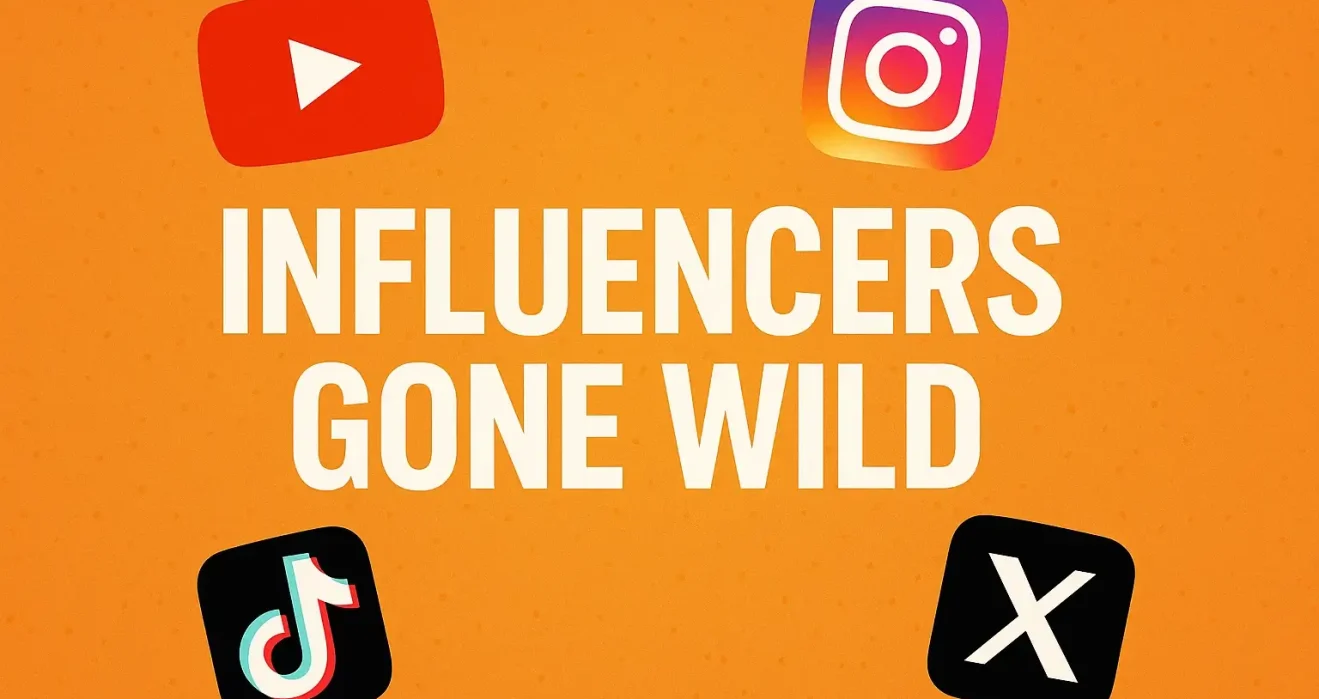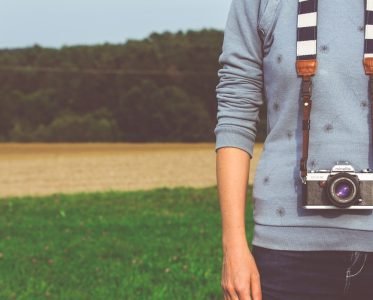The digital era has turned creators into modern celebrities. On TikTok, Instagram, YouTube, and X (formerly Twitter), influencers gone wild command audiences in the millions—shaping purchasing decisions, culture, and public conversation. But with visibility comes pressure to stay relevant. Sometimes, that pressure pushes creators to extremes, leading to boundary-breaking stunts that spark outrage as quickly as they rack up views.
“Influencers Gone Wild” captures those moments when creators overstep ethical, social, or even legal lines for viral attention. This article explores why it happens, who’s done it, and what it means for fans and society.
The Rise of Influencers Gone Wild
Influencer marketing has ballooned into a multi-billion-dollar industry. Creators aren’t just selling products—they’re shaping trends and values. But as the market grows, the pressure to keep audiences engaged has led some influencers gone wild to trade authenticity for shock value.
When Influencers Gone Wild Push the Envelope
There’s a line between creativity and recklessness. Some influencers go wild intentionally, believing that controversy equals virality. Others say they’re just being “real,” but what starts as an edgy stunt often spirals into scandal, loss of sponsorships, or even legal trouble.
Influencers Gone Wild: Quick Case Table
| Influencer | Incident | Outcome |
|---|---|---|
| Logan Paul | Suicide Forest video | Global backlash, lost sponsors |
| Jake Paul | Pandemic parties | Criticism, brand damage |
| Belle Delphine | Sold bathwater | Outrage, publicity |
| James Charles | Messaging underage fans | Sponsorship losses |
| Tana Mongeau | Fake wedding stunt | Fan backlash, more fame |
| PewDiePie | Racial slur livestream | Lost partnerships |
| Nikocado Avocado | Extreme mukbangs | Viral fame, health concerns |
| Trisha Paytas | Online feuds & shock content | Gained subs despite backlash |
| Gabbie Hanna | TikTok meltdown | Mental health concerns |
| Danielle Cohn | Underage content scandal | Safety/age debates |
| Shane Dawson | Offensive past videos | Demonetization |
| David Dobrik | Risky stunts & scandals | Sponsor losses |
| Fousey | Public meltdowns | Platform bans |
| Amouranth | Hot-tub meta stunts | Fame + scrutiny |
| H3H3 (Ethan Klein) | Controversial jokes | Strikes, demonetization |
Case Studies of Influencers Gone Wild
Logan Paul: The Aokigahara Incident
In 2017, Logan Paul uploaded footage from Japan’s “Suicide Forest” featuring a deceased person. The video drew worldwide condemnation for exploiting tragedy. This was one of the most infamous examples of influencers gone wild, leading to partnerships being suspended and sponsor exits.
Jake Paul: Parties in a Pandemic
At the height of COVID-19, Jake Paul held crowded parties, drawing criticism from fans, neighbors, and health officials. His reckless gatherings became a prime case of influencers gone wild behavior.
Belle Delphine: Bathwater Marketing Gone Wild
In 2019, Belle Delphine shocked audiences by selling jars of her “bathwater” for $30. The stunt sold out instantly, proving how influencers gone wild antics can drive profit despite outrage.
James Charles: Messaging Scandal
In 2021, James Charles admitted to inappropriate online interactions with underage fans. Sponsorships collapsed, showing how influencers gone wild risk both reputation and brand deals.
Tana Mongeau: Fake Wedding Stunt
Tana Mongeau staged a fake wedding with Jake Paul in 2019. While fans felt misled, the controversy boosted her popularity, reflecting the paradox of influencers gone wild scandals.
PewDiePie: Slur on Stream
In 2017, PewDiePie used a racial slur during a livestream. The backlash cost him partnerships, underlining how even the biggest names can face fallout when influencers go wild.
Nikocado Avocado: Extreme Eating
Nikocado Avocado rose to fame with outrageous mukbang videos. While his antics earned viral views, critics worried about health risks—making him a controversial figure in the world of influencers gone wild.
Trisha Paytas: Drama as Content
Trisha Paytas built a career on feuds, shock confessions, and provocative content. Despite criticism, she continues to thrive—showing how influencers gone wild can turn backlash into fuel.
Gabbie Hanna: TikTok Meltdown
In 2022, Gabbie Hanna posted over 100 TikToks in a day, alarming fans and raising concerns about mental health. Her breakdown became another reminder of the hidden cost of influencers going wild.
Danielle Cohn: The Age Controversy
Danielle Cohn’s disputed age and provocative content sparked debates about child safety on social platforms—an extreme case of influencers gone wild raising ethical questions for fans and platforms.
Shane Dawson: Past Content Resurfaced
Shane Dawson’s offensive old skits resurfaced in 2020, leading to demonetization and a career collapse. His case shows how influencers gone wild moments can haunt creators years later.
David Dobrik: Vlog Squad Scandals
David Dobrik’s stunts and controversies within the Vlog Squad raised questions of safety and consent. Sponsors backed out, proving how influencers gone wild can lose industry trust.
Fousey: Public Breakdowns
Fousey’s erratic livestreams and meltdowns became notorious, resulting in platform suspensions and welfare concerns—another cautionary tale of influencers gone wild.
Amouranth: Monetizing the Meta
Amouranth pushed Twitch boundaries with hot-tub streams and later revealed personal turmoil publicly. Her case shows both the fame and scrutiny that influencers gone wild attract.
(Ethan Klein): Comedy and Controversy
Ethan Klein’s edgy jokes often landed him in trouble, with strikes and demonetization periods. A reminder that even comedy can spiral into influencers gone wild moments when boundaries blur.
Why Do Influencers Go Wild?
The ecosystem rewards controversy. Algorithms boost high-engagement content, fans reward shocking behavior, and brands sometimes tolerate drama if it drives clicks. That cycle explains why so many influencers gone wild continue to thrive despite repeated scandals.
The Impact of Influencers Gone Wild on Fans
Young followers idolize digital creators. When influencers go wild, the behaviors they model—reckless stunts, offensive content, dangerous trends—can trickle down to fans, amplifying the risks beyond their own careers.
The Dark Side of Going Wild
Behind the viral stunts, many influencers face burnout, depression, and fear of irrelevance. The demand to constantly “top” themselves pushes them toward extremes. The culture of influencers gone wild doesn’t just harm reputations—it can harm people’s mental health, too.
Conclusion: The Real Cost of Influencers Gone Wild
The influencer age redefined fame. But as the influencers gone wild phenomenon shows, crossing boundaries for attention is a dangerous game. For creators, it can destroy long-term trust. For fans, it sets toxic patterns. The future of social media influence depends on balancing authenticity, responsibility, and creativity—without going too wild.

























